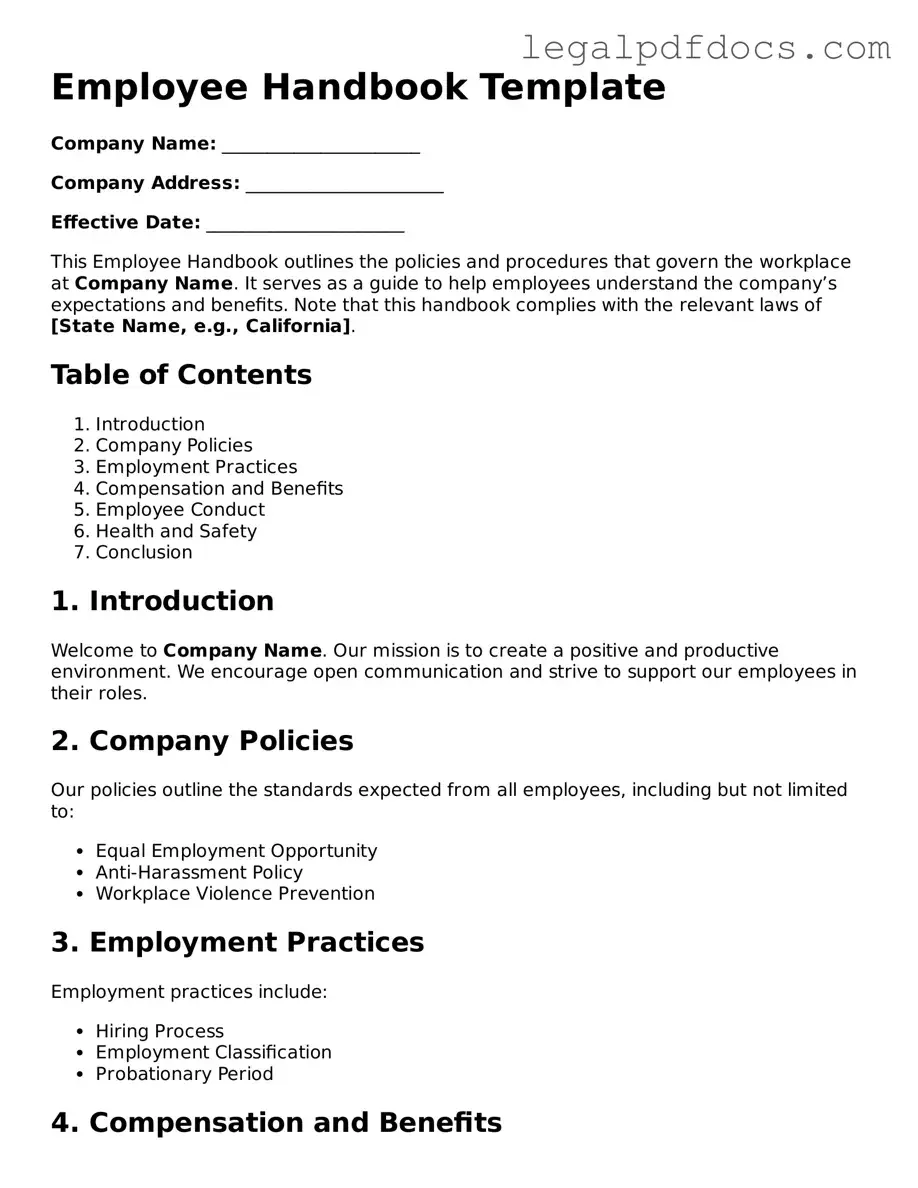Creating a comprehensive Employee Handbook is a crucial step for any organization looking to establish clear expectations and guidelines for its workforce. This document serves as a roadmap for employees, outlining essential policies, procedures, and benefits that govern their employment. From detailing workplace conduct and attendance policies to explaining the company’s mission and values, the handbook is an essential resource for fostering a positive work environment. It also addresses critical topics such as anti-discrimination policies, safety protocols, and disciplinary procedures, ensuring that employees understand their rights and responsibilities. Furthermore, the handbook often includes information about benefits, leave policies, and performance evaluation processes, helping employees navigate their roles within the company. By providing clarity and transparency, an effective Employee Handbook not only protects the organization legally but also cultivates a culture of respect and accountability among all team members.
